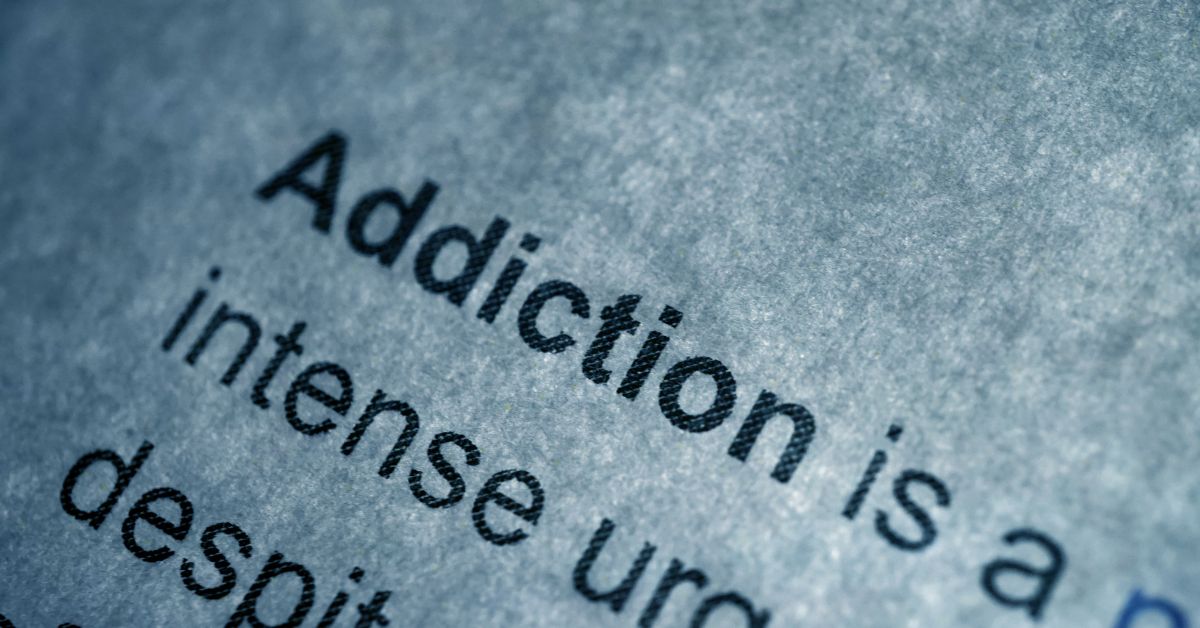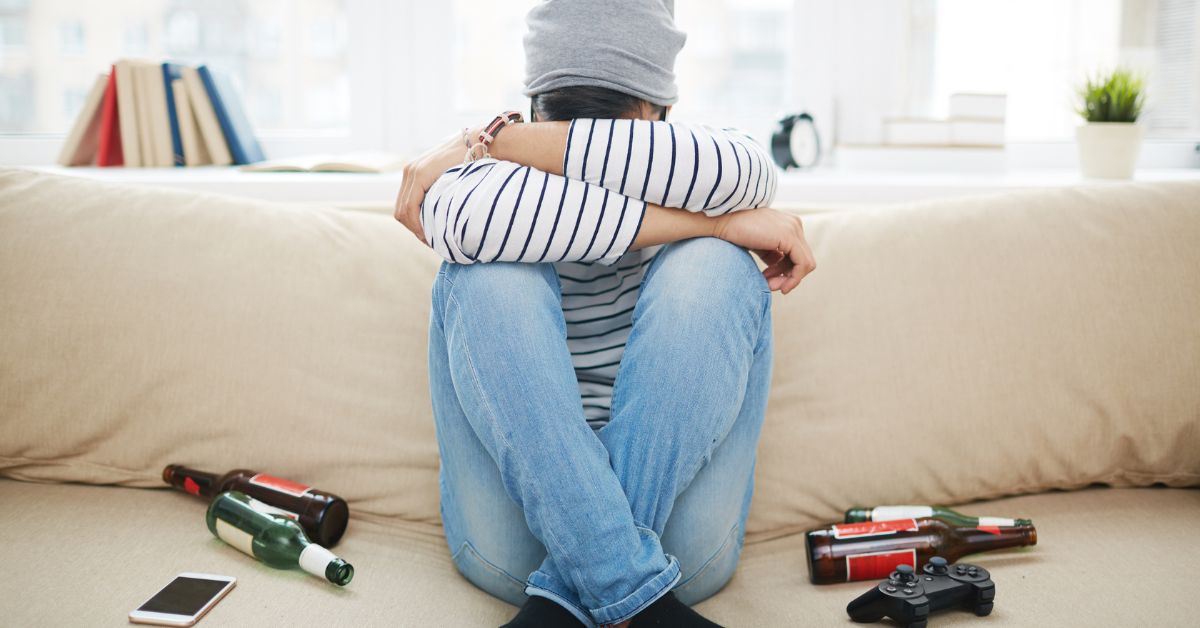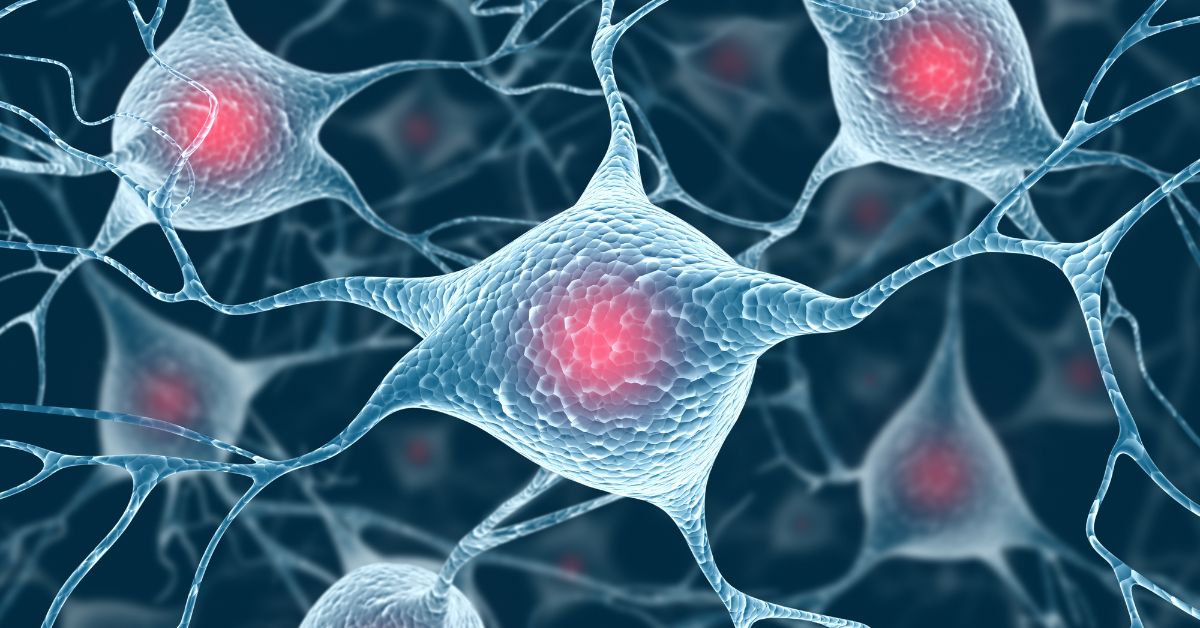Have you ever seen anyone do something repeatedly, almost without thinking? Maybe it’s biting their nails or tapping their foot. These are habits, and they form through a cycle of trigger, action, and reward. But what happens when a habit becomes an addiction?
Habits and addictions are two terms that are often used interchangeably, but they are not the same. Understanding the difference between the two is important in addressing and overcoming it.
As an addiction expert and recovery coach, I have seen firsthand how confusing the distinction between the two can be. I’ll break down these terms in this blog post to help you understand what sets them apart.
What are Habits?

Habits are behaviors often repeated without even thinking about them. They are actions that we have learned to do automatically through repetition. This can be good or bad, and they can be formed around almost any behavior. For example, brushing your teeth before bed is a good habit, while biting your nails is a bad one.
FREE: Get the 3 pieces of advice that helped me understand this disease of addiction
What is Addiction?

It is a chronic disease that impacts the brain’s reward, motivation, and memory systems. It is characterized by irresistible craving and use despite harmful consequences. It can be physical, psychological, or both. Some common addictions include alcohol, drugs, gambling, and pornography.
Habits vs. Addictions

Understanding the intricate similarities and differences between these actions gives you insight into where these concepts intersect and diverge and how they affect daily life and decision-making.
| Characteristic | Habit | Addiction |
|---|---|---|
| Frequency | Regular | Compulsive |
| Consequences | Minimal | Severe |
| Control | Easier to break | Difficult to break |
| Reward | Immediate or short-term | Immediate or short-term, but with long-term negative consequences |
Similarities and Differences Between Habit and an Addiction
Similarities
Habits and addictions share some similarities despite being distinct phenomena. They involve routine behavior patterns that individuals continuously engage in. Both require time to develop and can be difficult to overcome.
UPDATED: Discover the 3 life-changing things about addiction I wish I knew years ago
Differences
Habits can be broken by replacing them with new behaviors, while addictions require a more comprehensive approach that often involves professional treatment, support groups, and lifestyle changes. Habits usually don’t cause significant harm to a person’s life, while addictions can have serious consequences, such as health problems, financial ruin, and strained relationships.
Understanding the Mechanism

Now that we have a better understanding of the two, let’s dive into their inner workings to understand the processes that drive these behaviors. We’ll unravel the neurological and psychological mechanisms that influence habit formation and addiction development.
How Habits Are Formed
Habits are formed through repetition and consistency, boosted by the brain’s cycle of trigger, action, and reward. For example, let’s say you habitually check your phone every time it buzzes. The trigger is the sound of the notification, the action is checking your phone, and the reward is the satisfaction of knowing what the notification is. Over time, this becomes automatic, and your brain associates the trigger with the other two, making it harder to break the habit.
How Addictions Form
Addiction forms through chronic exposure to addictive substances or behaviors and is boosted by a similar mechanism as habits. For example, when someone uses drugs or alcohol, their brain releases dopamine, a neurotransmitter that signals pleasure and reward. Over time, their brain’s reward system becomes desensitized, and they need more of the substance or behavior to get the same level of pleasure. This is why it is often described as a disease of the brain.
Distinguishing Between Habit and Addiction

We already know what the differences between habits and addictions are, but that is not enough. It’s important to equip yourself with the knowledge to understand when a routine (habit) may be transforming into a more serious issue.
GET: The 3 things that actually "allowed" me to help my son (and regain control again)
It can be challenging to distinguish between the two, but there are some signs to look out for.
| Sign | Habit | Addiction |
|---|---|---|
| Increasing need for the behavior | No | Yes |
| Withdrawal symptoms | No | Yes |
| Continued use despite negative consequences | No | Yes |
| Loss of control over the behavior | No | Yes |
| Strained relationships | No | Yes |
| Health problems | No | Yes |
Signs that a Habit is Becoming an Addiction
One sign is an increasing need for the behavior. For example, if you find someone checking their phone more frequently or for longer periods, it may be a sign that it is becoming more uncontrollable. Another sign is the negative consequences of this. If checking the phone is causing them to miss out on important conversations or affecting their relationships, it may be time to reassess the habit.
Methods to Determine Whether a Habit Has Become an Addiction
Self-assessment questions can be a helpful tool for parents and loved ones trying to figure out if a person’s habit has become an addiction. Ask questions like, “Do they seem to need this behavior to function?” or “Are they experiencing negative consequences as a result of this?” If you’re concerned that a loved one’s norms may have become an addiction, it’s important to seek professional help.
If you’re concerned about someone you know who may be struggling with it, it’s important to approach the conversation with empathy and understanding. It is a disease, not a choice, and recovery is possible with the right support and guidance.
How to Rewire Habitual Behavior and Manage Addictions

Addiction can be a challenging issue to deal with, but there are strategies and approaches that can help. Let’s check out some strategies for changing these practices and approaches to managing them.
Strategies for Changing Habits
Identifying Triggers
The first step is identifying the triggers that lead to this. Triggers can be external, such as stress, social situations, or boredom, or internal, such as anxiety or depression. Once the triggers are identified, it’s easier to avoid or manage them. For example, if stress is a trigger, finding healthy ways to manage stress, such as exercise or meditation, can help.
FREE: Get the 3 pieces of advice that helped me understand this disease of addiction
Replacing the Habit with a Healthier Behavior
The next step is replacing the habit with a healthier one. This can involve finding alternative activities that provide a similar benefit, such as exercise, hobbies, or spending time with loved ones. It can also involve developing new coping strategies, such as mindfulness or cognitive-behavioral therapy. With time and practice, these new behaviors can become routines, replacing the old, unhealthy ones.
Approaches to Managing Addictions
The Role of Professional Treatment
Managing addiction often requires professional treatment. This can involve inpatient or outpatient rehab programs, counseling, medication, or a combination of these. The professional treatment provides a safe and supportive environment to address the physical and emotional aspects of it. It also provides the tools and skills necessary to manage it in the long term.
Support Systems and Ongoing Recovery
Support systems are necessary for managing addiction and maintaining recovery. This can include family, friends, support groups, and ongoing therapy. Support systems provide a sense of community, accountability, and encouragement. They also provide a safe space to share struggles and successes, reducing feelings of isolation and shame.
In addition to support systems, ongoing recovery involves self-care, healthy routines, and regular check-ins with professionals. It’s a lifelong process that requires commitment and dedication. But with time, the advantages of recovery become increasingly apparent, including improved relationships, better health, and a sense of purpose and fulfillment.
Empowering Loved Ones to Get Help Against Addiction

Understanding the distinction is important when supporting a loved one through their struggle with addiction. Recognize that it is a complex disease and not a moral failing. As a parent or loved one, your role in providing love, understanding, and encouragement is vital in helping them overcome it and regain control of their life.
Recovery is a unique journey that requires patience, determination, and a willingness to change. By educating yourself and seeking professional help, you can empower your loved one and offer hope for a brighter future. Remember, you are not alone in this journey, and together, you can face the challenges and triumphs of recovery.
NEW: How to make the shift from "Mom Code" to prioritizing your own well-being
Frequently Asked Questions About Addictions vs Habits
What is the difference between addiction and compulsive behavior?
The difference lies in their severity and consequences. Addiction involves a loss of control, physical or psychological dependence, and negative consequences, whereas compulsive behavior is repetitive, persistent, and driven by an urge but may not always result in harmful outcomes.
Can any bad habit or excessive behavior be considered an addiction?
Not every bad habit or excessive behavior can be considered an addiction. While some of them may be unhealthy, they only qualify as addictions when they are persistent, difficult to control, and result in significant negative consequences for the individual’s life, health, and relationships.
How long does it take to break a habit?
The time it takes to break a habit varies from person to person, but on average, it takes around 21 to 66 days. The duration depends on factors such as complexity, personal motivation, and consistency in adopting new behaviors.
What is the 1% rule for habit?
The 1% rule refers to the idea that making small, incremental improvements—just 1% at a time—can lead to significant long-term progress. By consistently focusing on small changes, positive habits can be developed and negative ones replaced more effectively.
